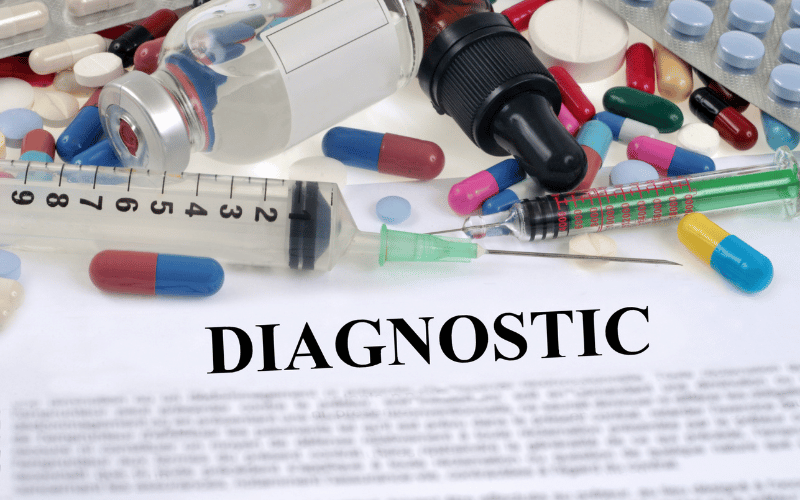Fact 7: Diagnostic Measures

With GERD’s multifaceted manifestations, diagnosing it requires a comprehensive approach. It isn’t just about recognizing heartburn; it’s about understanding the full spectrum of symptoms and employing specific tests to ascertain the diagnosis.
The first step often starts with a thorough clinical history. A healthcare professional will delve into the frequency, duration, and triggers of the symptoms. Sometimes, the description itself can be diagnostic, especially if lifestyle modifications lead to symptom improvement.
However, when symptoms persist or potential complications are suspected, further testing becomes essential. One such test is an endoscopy. A thin tube with a camera is passed down the esophagus, allowing doctors to visualize the esophageal lining, look for inflammation, ulcers, or even precancerous changes like Barrett’s esophagus.
For those whose symptoms aren’t typical or when the link between symptoms and acid reflux isn’t clear, pH monitoring might be advised. This test measures the esophagus’s acidity over a day, helping correlate symptoms with acid backflow events. Another diagnostic modality is a barium swallow. Patients swallow a barium-containing liquid, which coats the esophagus, making it visible on X-rays. This test can highlight structural issues, like strictures or hernias, which might be contributing to GERD. (7)